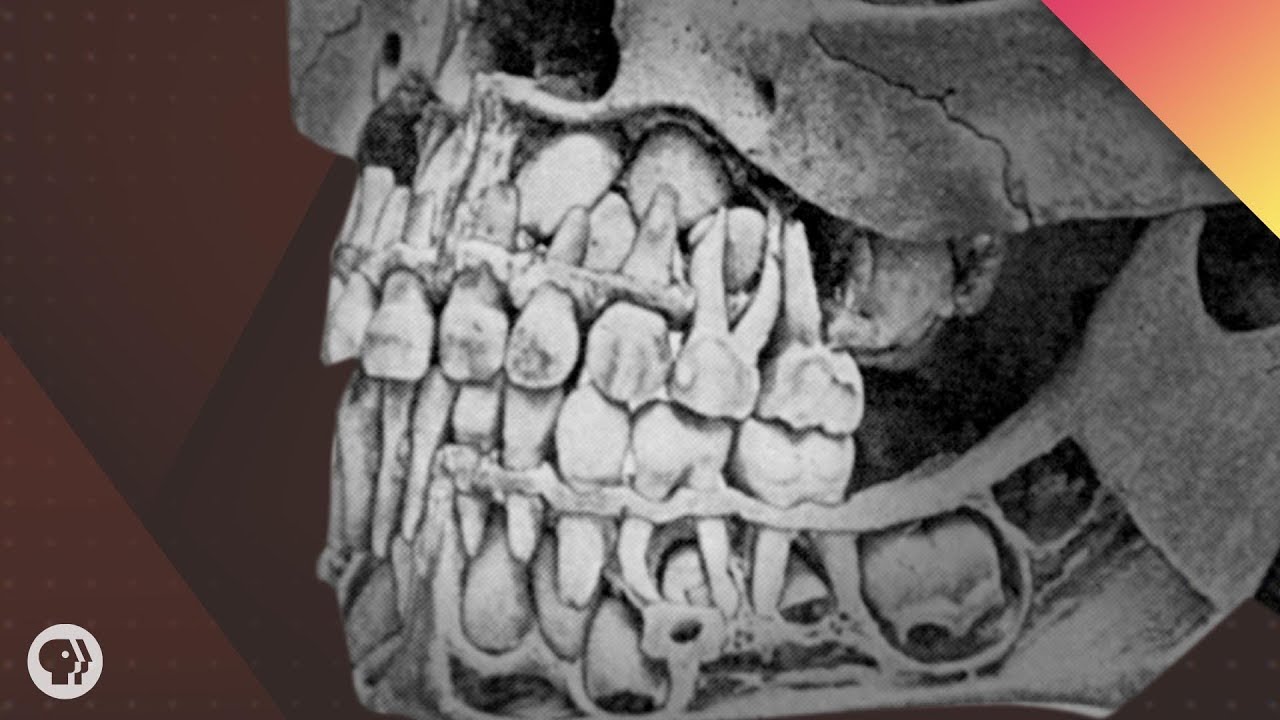How To Manage Cold Stress In Newborns? Expert Advice

As a parent, there’s nothing more precious than the well-being of your newborn. One critical aspect of newborn care is managing cold stress, a condition that can quickly escalate into a serious health issue if not addressed promptly. Cold stress in newborns occurs when their body loses heat faster than it can produce it, leading to a drop in body temperature. This can happen for various reasons, including premature birth, low birth weight, or exposure to cold environments. In this comprehensive guide, we’ll delve into the world of cold stress management in newborns, providing you with expert advice and practical tips to ensure your little one stays warm and healthy.
Understanding Cold Stress
Before we dive into management strategies, it’s essential to understand the concept of cold stress and its implications on newborns. Newborns, especially those born prematurely or with low birth weight, have a higher surface-to-volume ratio, which means they lose heat more quickly. Furthermore, their ability to generate heat is limited due to immature thermoregulation mechanisms. As a result, even minor exposure to cold can lead to significant heat loss, potentially causing hypothermia.
Signs and Symptoms of Cold Stress
Recognizing the signs and symptoms of cold stress is crucial for prompt intervention. Keep an eye out for the following:
- Low body temperature: A rectal temperature below 97.7°F (36.5°C) is a clear indication of hypothermia.
- Lethargy: Newborns with cold stress may appear lethargic or less responsive.
- Poor feeding: Cold stress can lead to decreased interest in feeding.
- Respiratory distress: Increased respiratory rate or signs of distress, such as grunting or retracting.
- Pale or blue-tinged skin: Due to decreased blood circulation.
Strategies for Managing Cold Stress
Managing cold stress in newborns requires a combination of preventive measures and immediate interventions. Here are some expert-recommended strategies:
1. Environmental Temperature Control
Maintaining a warm environment is key. Ensure the nursery or room where your newborn sleeps is at a comfortable temperature (around 72°F to 76°F or 22°C to 24°C). Avoid placing the crib near windows or drafty areas.
2. Appropriate Clothing and Bedding
Dress your newborn in layers, ensuring they are not too hot or cold. Avoid over-bundling, as this can lead to overheating. Use a firm, tight-fitting mattress and keep the bed away from any heating vents.
3. Skin-to-Skin Contact
Skin-to-skin contact, also known as kangaroo care, is highly effective. This involves holding your naked baby against your bare chest (with a blanket over both of you for warmth), promoting warmth and bonding.
4. Monitoring Temperature
Regularly check your newborn’s temperature, especially in the first few days. Use a digital thermometer for accuracy.
5. Feeding Frequency
Ensure your newborn is feeding well and frequently. This helps in maintaining their energy reserves and supporting their temperature regulation.
Practical Tips for Parents
As a parent, your role is invaluable in preventing and managing cold stress. Here are some practical tips:
- Be Aware of Your Baby’s Behavior: Monitor for any changes in behavior that could indicate cold stress.
- Maintain a Warm Environment: Ensure your home is warm enough, especially in colder climates.
- Use Warm Baths: A warm bath can be an effective way to gently warm up your baby, but always ensure the water is not too hot.
- Avoid Overheating: While warmth is essential, be cautious not to overheating your baby, as this can lead to other complications.
Conclusion
Managing cold stress in newborns requires vigilance, understanding, and the right strategies. By following the expert advice and practical tips outlined in this guide, you can ensure your newborn stays warm and healthy. Remember, every newborn is unique, and what works for one may not work for another. Always consult with your healthcare provider if you have concerns about your baby’s temperature or overall health. With the right approach, you can create a warm and nurturing environment that supports your newborn’s growth and development.
FAQ Section
What is the normal body temperature for a newborn?
+A normal body temperature for a newborn is between 97.7°F and 99.5°F (36.5°C and 37.5°C). Temperatures outside this range can indicate potential issues, such as hypothermia or hyperthermia.
How often should I check my newborn’s temperature?
+It’s recommended to check your newborn’s temperature regularly, especially in the first few days after birth. However, the frequency can vary depending on your baby’s health and your doctor’s advice. Generally, checking the temperature twice a day is a good practice.
Can I use a hot water bottle to warm up my baby?
+No, it’s not recommended to use a hot water bottle to warm up your baby. This method can lead to burns or uneven heating, which can be dangerous. Instead, use approved methods like skin-to-skin contact or placing your baby in a warm room.
How can I prevent cold stress in my newborn during bath time?
+To prevent cold stress during bath time, ensure the water is not too cold or too hot. The ideal temperature for a newborn’s bath water is around 98°F to 100°F (36.7°C to 37.8°C). Keep the bath time short, and have everything ready, including towels and warm clothing, to minimize the time your baby spends in a cold environment after the bath.

